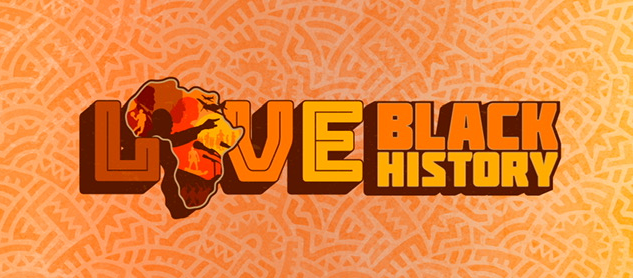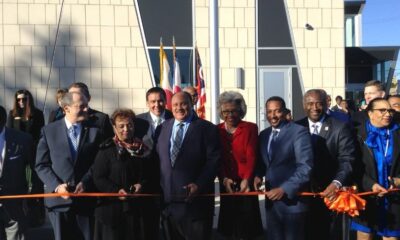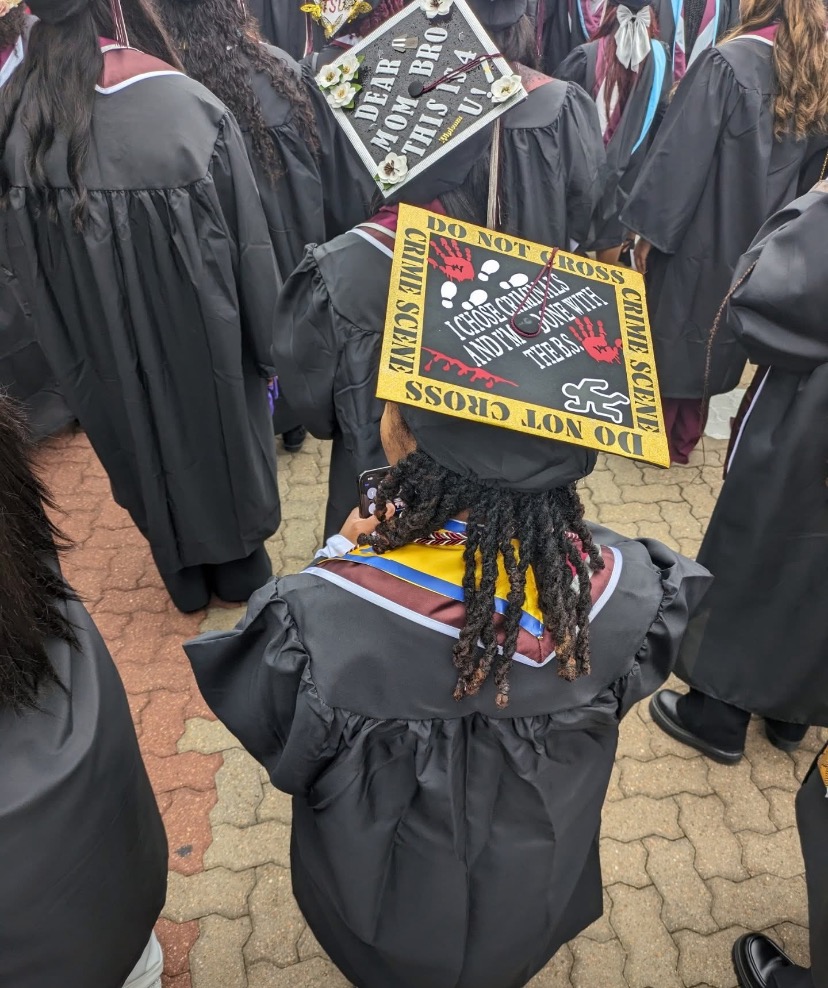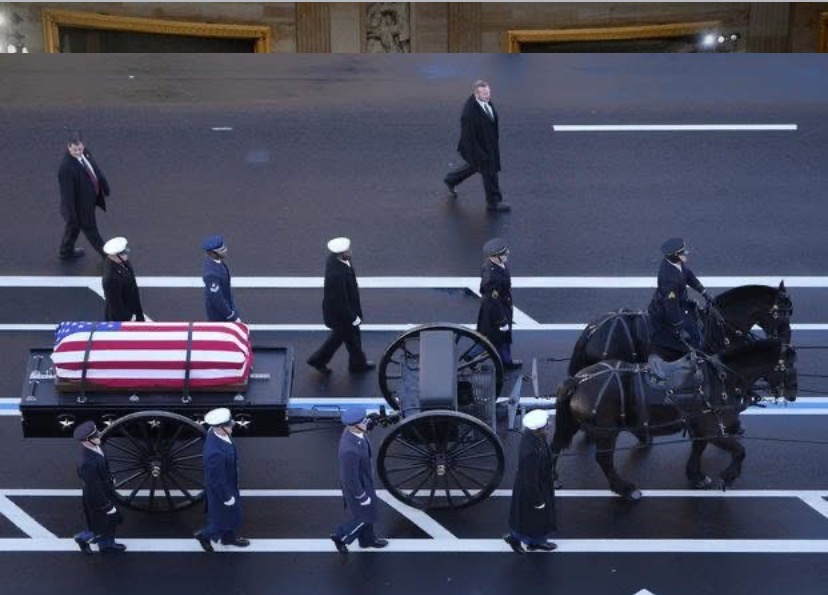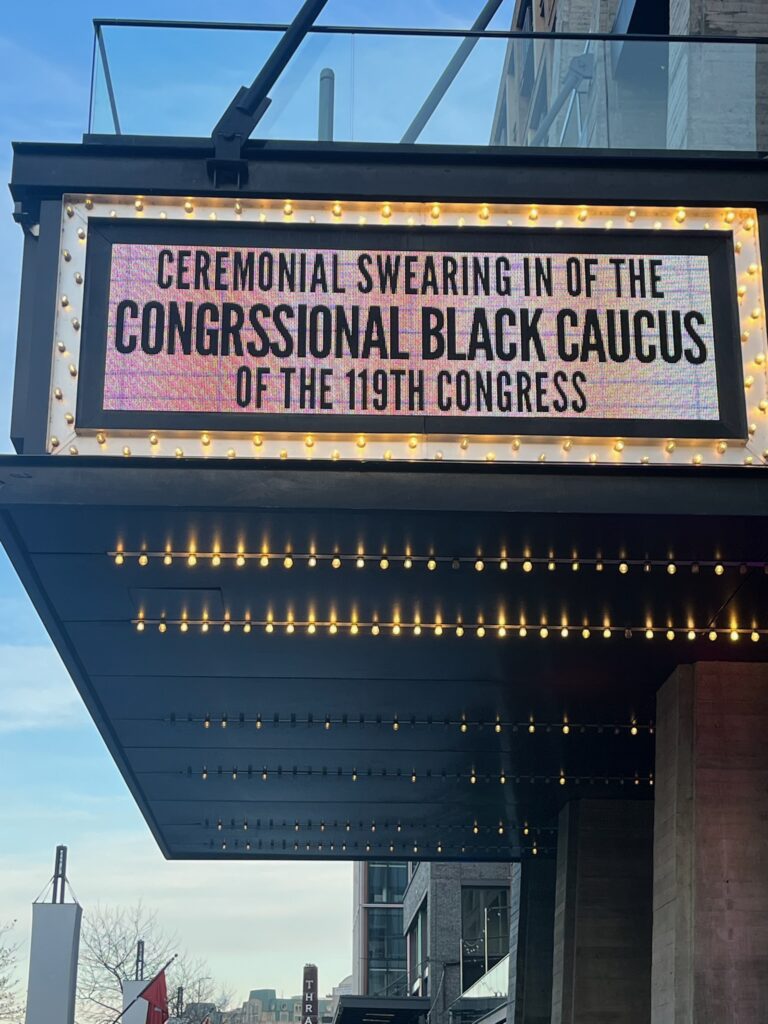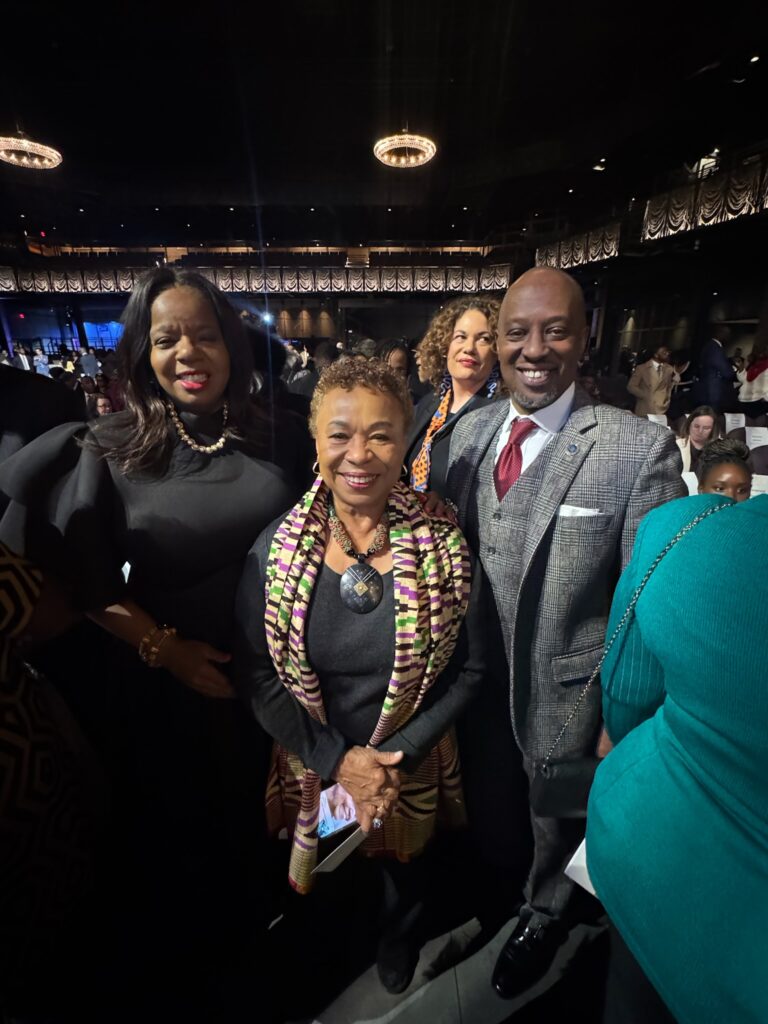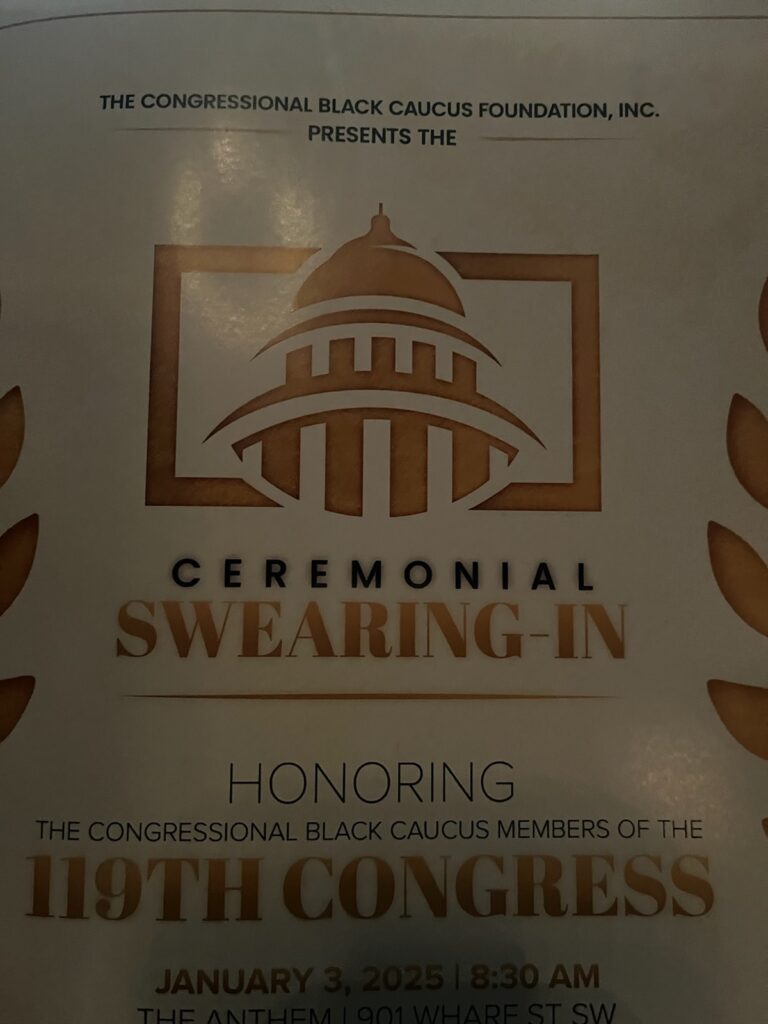February is Black History Month! And what better way to celebrate than to lift from obscurity African Americans who played crucial roles in this country’s scientific, cultural and industrial progress. Their achievements saved thousands of lives, made the lives of many Americans easier and in some instances changed the course of history. And yet, they are largely forgotten by the world they helped to change for the better. In this series, we will highlight some of these under-appreciated and forgotten men and women.
Garrett A. Morgan: A Life Saver Whose Inventions Changed the World
With only an elementary school education and a dime in his pocket, a teenage Garrett Augustus Morgan moved to Cleveland, Ohio in search of a better opportunity in 1895. There he would become an inventor whose devices would save thousands of lives.
Born March 4, 1877 in Paris, Kentucky, as the seventh child of a former slave and a Mulatto father, Morgan taught himself how to use a sewing machine and years later opened up a large tailoring shop, according to Louis Haber, author of Black Pioneers and Invention.
But soon the entrepreneur became an inventor whose devices included the belt fattener for sewing machines and a hair straightener. Morgan was using a liquid to polish sewing machines needles to prevent them from scorching the fabric when he accidentally discovered that using the same liquid can straighten hair, Haber said. He launched the G. A Morgan Hair Refining company and started marketing the product by converting it into cream. In 1910 he also made a black hair oil dye and invented a curved-tooth comb for hair straightening, according to online reports.
But perhaps, his most important invention was the Safety Hood, which he made in 1912 and would use years later to rescue trapped workers.
On July 25, 1916, residents woke to learn of an explosion at a Cleveland Water Works’ tunnel, 250 feet below Lake Erie. A foreman had led a crew down into the tunnel shortly before natural gas vented up from the lake bed and somehow ignited, burying the crew under hundreds of feet of mud and tunnel debris.
Rescuers rushed to help, but soon became victims when they were unable to leave the tunnel. After two rescue attempts had failed and 10 people had died, someone from the rescue team thought of Morgan and his Safety Hood, which had been publicized and used in various demonstrations. The safety Hood would later become known as the gas mask.
The Safety Hood is a device that uses a hood to be placed over the user’s head and a tube with an inlet opening for air.
Morgan was still wearing his pajamas when he rushed to the scene with his brother Frank and four of his hoods, according to Black Then, Discovering Our History. Morgan and his brother put on the hood and rushed into the gas-and-smoke filled tunnel to help.
“Grim-faced men and sobbing women were beginning to give up hope when suddenly a cheer went up,” Haber said in his book. “Morgan had emerged from the tunnel carrying an injured man on his back! He immediately re-entered the tunnel for more.”
During World War I, Morgan’s Safety Hood was improved and transformed into the gas mask. It was used to save thousands of soldiers on the battlefield. It’s now used by industrial workers, firemen and underwater divers and anyone else who need helmets that could provide breathable air
Years later Morgan came out with another invention that would have world-wide impact after he witnessed a crash between a car and a horse-drawn carriage. The driver of the automobile was knocked unconscious and the horse was so badly injured that he had to be shot, Haber reported.
With the growing number of automobiles on the street, Morgan felt something had to be done to prevent accidents. And he came up with the first traffic light signal system, which is now used all over the world.
Morgan, a husband and father of three, was a jolly, quick-tempered and outspoken man. But his warmth and good nature brought him many friends including John D. Rockefeller and the financier, J. Piermont Morgan. Morgan died on July 27, 1963.
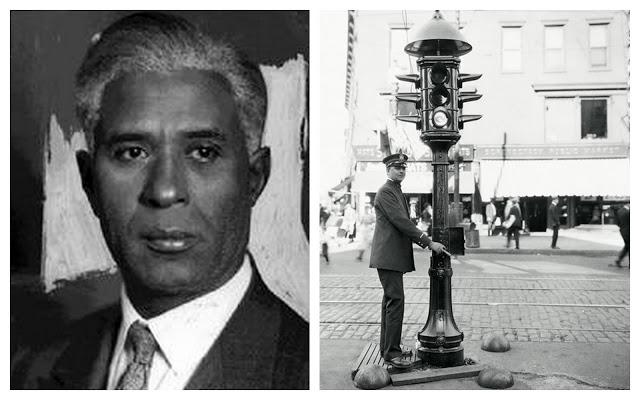
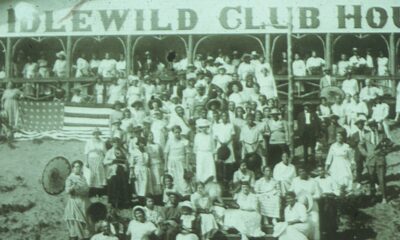
 Black History5 years ago
Black History5 years ago
 Black History6 years ago
Black History6 years ago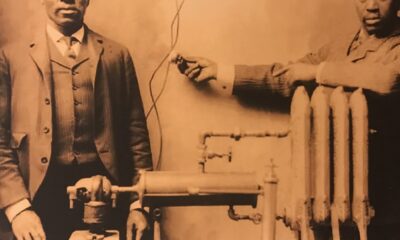
 Black History4 years ago
Black History4 years ago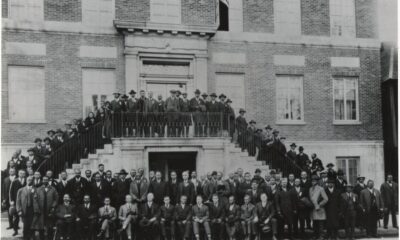
 Black History5 years ago
Black History5 years ago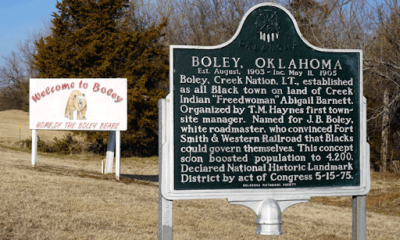
 Black History5 years ago
Black History5 years ago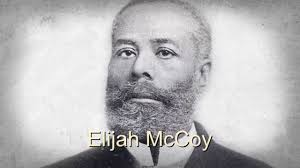
 Black History6 years ago
Black History6 years ago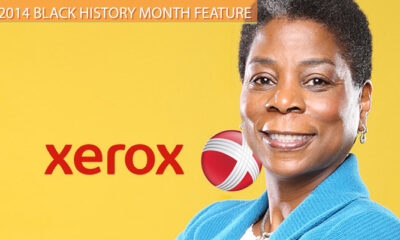
 Black History9 years ago
Black History9 years ago
 Black History5 years ago
Black History5 years ago
